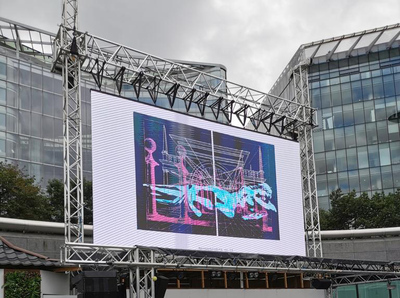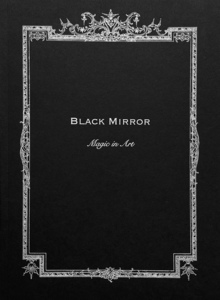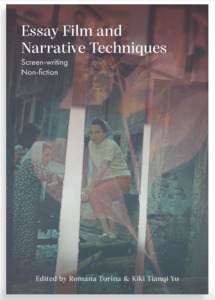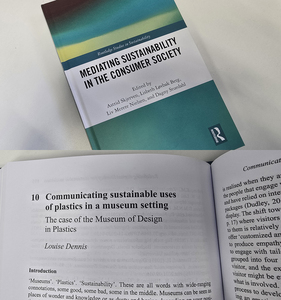Erratically embellished with sprayed stencils, logo-rich stickers, elaborate murals, and unintelligible doodles, our urban environment overflows with irreverent and unlicensed imagery.
Classic New York freehand and wildstyle graffiti has evolved, adapted, and atomised into a democratic and divergent forms of visual expression that is captured under the nebulous term ‘street art’. ‘It is characterised’, states curator Riika Kuittinen, ‘less by a visual style than by an approach to transmission: it is unfiltered visual communication, fluidly moving across the derelict buildings,bus shelters and hoardings of cities across the world.” Armed with attitude of irreverence, equality and freedom, it is in fact a new genre that mutates and morphs at the rate of a viral pandemic. Lacking a common aesthetic, street art, a term loathed by classic wall ‘writers’ speaks loudly to a passing population, even if it remains entirely obscure to most.
The exhibition asked a number of questions about the evolution of graffiti into ‘street art’, and more recently into ‘urban art’, by way of the alleyway and backwall. Where do such images truly belong now: in the alleys of our urban centres or on the white walls of the gallery? Can they belong in both? What happens when the urban calligraphy of tags and stencils is subsumed by the auction
house, and why do we feel a sense of loss when the raw energy of street art, of urban writing, is absorbed by the mainstream media, and effectively tamed. Why is that some of the best illicit art of the street is promptly ripped off the wall, taken out of its context, seized into private hands. In effect moved from the public wall to
behind a pay wall.
 |



 Lists
Lists Lists
Lists

![wall design.jpg [thumbnail of wall design.jpg]](https://research.aub.ac.uk/398/1.haslightboxThumbnailVersion/wall%20design.jpg)
![IMG_2437.jpg [thumbnail of IMG_2437.jpg]](https://research.aub.ac.uk/398/3.haslightboxThumbnailVersion/IMG_2437.jpg)









